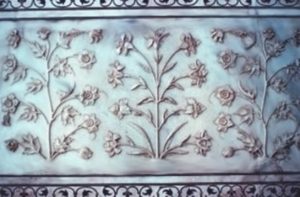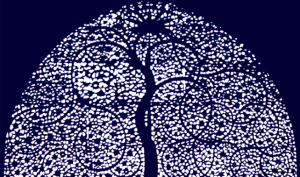History of Stone Sculptures
The oldest known pieces of representational art cut into rock, such as tuff or limestone, are stone carvings. Petroglyphs, including the Venus figurines, were the earliest stone engravings or ancient sculptures to occur across Europe. The Venus figurine was a movable rather than permanent Upper Palaeolithic figure depicting a lady. The Venus Impudique was one of the first such figures. Soft stone, such as steatite, limestone, calcite, or bone, ivory, or clay, were used to create the figures. The statue would be in the shape of a lady and was supposed to have a ceremonial, symbolic, or religious purpose.
Stone sculptures through the Ages
- Bhimbetka in Madhya Pradesh: There are several rock shelters of the Stone Age period
- Earlier inhabitants of this area lived in caves and crafted fine tools and flints from agates and other natural stones
- They are the first examples of Indian sculpture in the long history of flint tools and stone implements
- Ellora, in Maharashtra: There are rock-cut shrines of Hindu, Buddhist, and Jain faiths. At Ellora, Kailash temple, carved from the hillside, dates from the ninth century
- The temple is a massive sculpture cut out of a single piece of the hill
- The artists started work from the top and carved downwards, beginning with the towering roof, the windows and then the doors

Kailashnath Temple, Ellora
- Medieval Period: Sandstone panels with geometric and floral design were made to decorate palaces and tombs
- Mughal architecture, such as Taj Mahal in Agra, was among the most beautiful in the world in the sixteenth and seventeenth centuries
- The sculptural decorations are of many varieties – Marble jalis are made from a single slab of stone that is cut to create a lattice window that allows for light and ventilation

Marble Carving, Taj Mahal

Jali Work, Sidi Sayyid Mosque
- To make inlay marble or sandstone panels, on a flat slab of stone, the artist carved out the design as compartments
- Precious and semi-precious stones are precisely cut and placed into the compartments in accordance with the pattern
- Inlay work in the Taj Mahal has over twenty pieces of different coloured stones used to create a single flower
Stoneware
- Rajasthan: It is known for its yellow and pink limestone and white marble jali work used for domestic architecture. Stone figurines are also produced in Jaipur
- Karnataka: A variety of stones are used in this state to carve images and panels depicting deities, ornaments, bowls, vases, and bookends
- Madhya Pradesh: In the Narmada valley, the soft marble rocks are an excellent raw material for craftsmen who carve panels, figurines, or boxes.
- Uttar Pradesh: It is one of the leading producers and exporters of stoneware in India. Inlaid with semiprecious stones are a smooth marble and a soft streaked Gorahari stone. Inlaid tabletops, plates and decorative items are produced in Agra
- Tamil Nadu: Stone sculpture centres have been established in many places such as Mahabalipuram
- Orissa: Stone cutters of Puri work mainly in soapstone
- Harder stone: It is used for temple building
- Semi-hard grey stone: In Manglapur, it is used to make Polished Stone utensils
- Grey stone: In Khichling, it is used to make items for the urban market, like boxes and containers, bowls, and vases
Stone Carving Techniques
Hand Carving
Harder stones were used to form delicate stones like chalk and soapstone before the invention of metal carving tools. Hand carving is still a physical procedure, however steel chisels, tools, and mason’s hammers are employed to remove material from bigger stone blocks.
Latter Cutting
Letter cutting resembles hand carving, but the chisel is used at varied angles to create letterforms. Gravestones, plaques, and monument writing are all examples of its application.
Diamond Cutting
Diamond enables equipment like saws, drills, and grinders to shave through extremely hard materials like stone. For Instance, Diamond tips are inserted all around the edge of an industrial circular diamond saw.
Conclusion
From the ancient through the mediaeval times, the basic skills of stone carving remained mostly unchanged. The impact of ancient Egyptian, Near Eastern, Greek, and Roman sculptures may also be seen in Mediaeval European stone carving.
Trends and tastes promoted various creative forms, as well as the use of specific tools and markings that were unique to that era, throughout the history of sculpture. Stone carving progressed into the modern period with the establishment of mediaeval guilds and masons.
 Profile
Profile Settings
Settings Refer your friends
Refer your friends Sign out
Sign out













